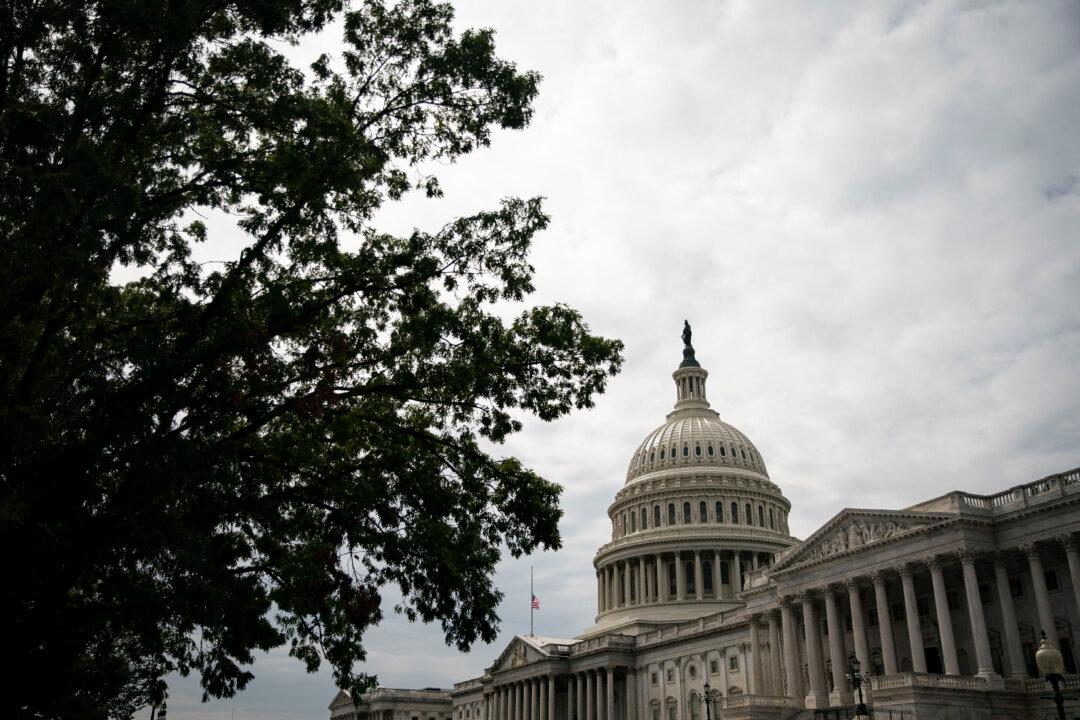WASHINGTON—The U.S. budget deficit has widened dramatically since April because of an unprecedented fiscal response to the pandemic, and that problem could get worse in the coming years unless both political parties take steps to correct the situation, budget hawks warn.
“The situation is poised to get considerably worse in the years ahead, but neither political party seems especially interested in doing much to correct the situation,” Carl Tannenbaum, chief economist at Northern Trust Asset Management, said in a report.





